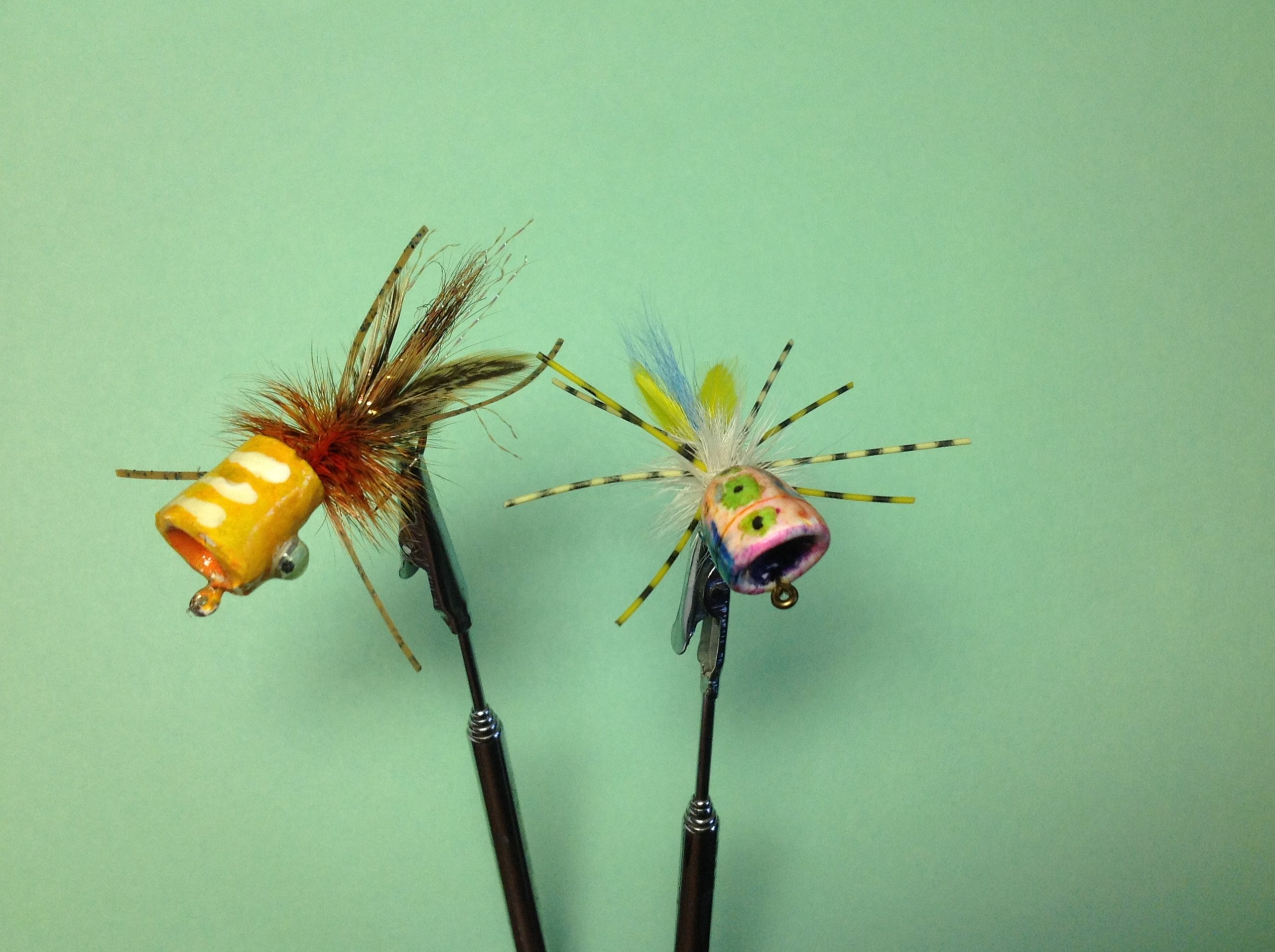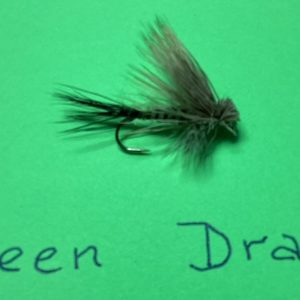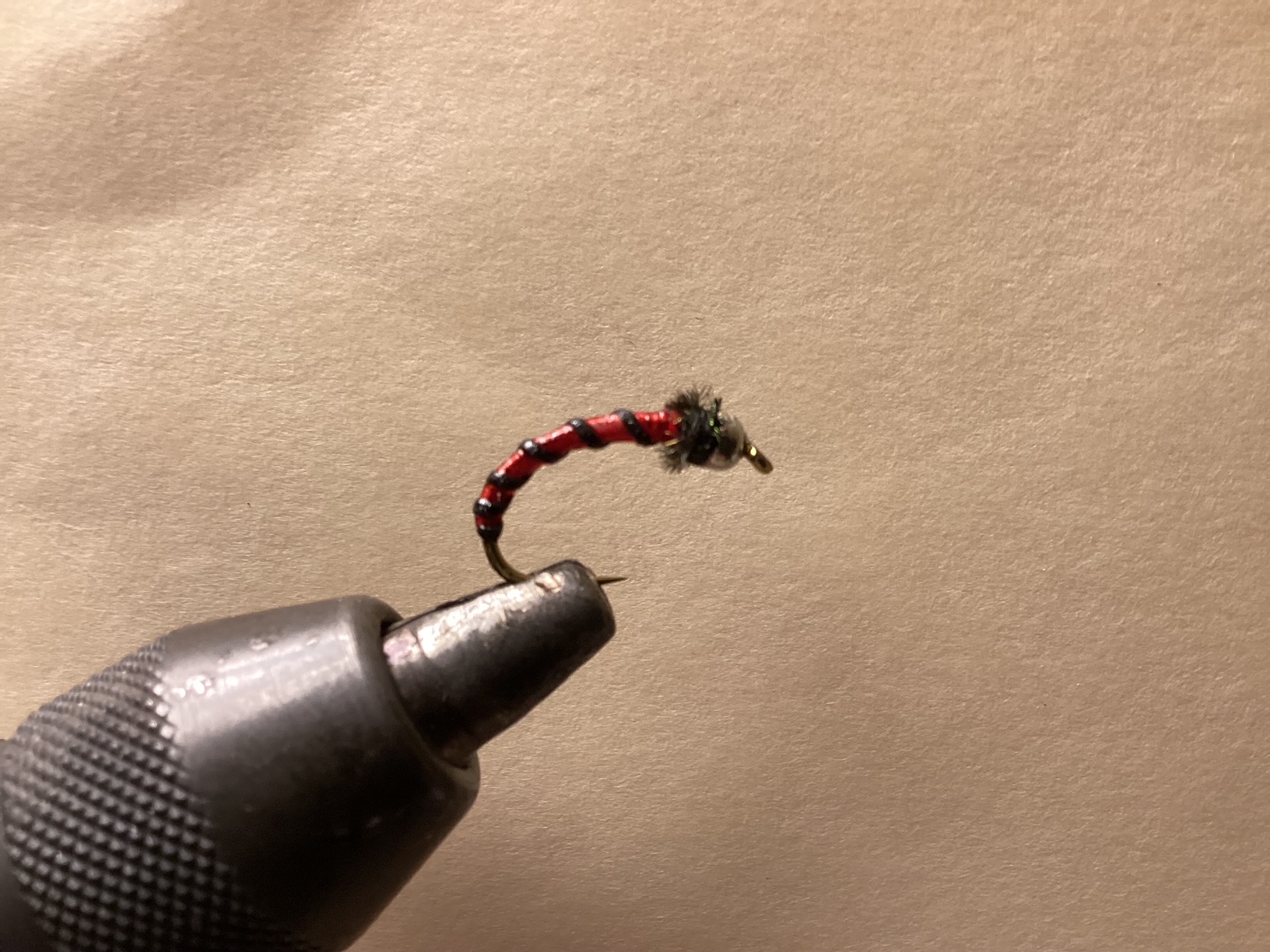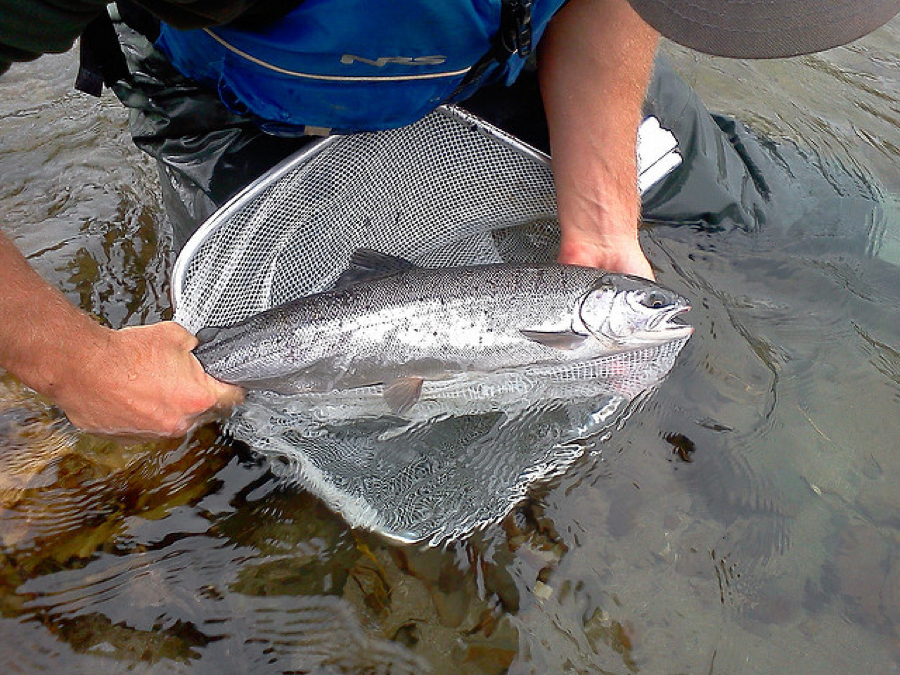On April 11th, the Bureau of Reclamation announced plans for the Klamath Project water allocation for 2022.
https://www.klamathfallsnews.org/news/reclamation-opens-klamath-project-irrigation-season-with-limited-water-allocation
The Klamath Tribes and Klamath Water Users have both responded. As you might expect, both groups are extremely disappointed with the BOR announcement. Being that SCFF is focused on fish and environmental conditions that support them, we look for ways to support conservation causes. However, issues that involve water have many stakeholders. When I came across the Klamath Tribes response, I saw a link to the Klamath Water Users press release. So I decided to include both.
Here is the Klamath Tribes Response:
https://www.klamathfallsnews.org/news/klamath-tribes-respond-to-bor-water-allocations
Bureau of Reclamation 2022 Operation Plan hastens extinction of endangered C’waam and Koptu
CHILOQUIN, Ore. – Yesterday’s announcement by the Bureau of Reclamation of its 2022 Operations Plan is perhaps the saddest chapter yet in a long history of treaty violations visited upon us by the United States.
Under the Plan, Reclamation intends to usurp “up to 62,000-acre-feet” of water from the nearly extinct and (Klamath Tribes) treaty-protected C’waam (Lost River sucker) and Koptu (shortnose sucker) at the height of their spawning season. Instead, despite the clear mandate of the Endangered Species Act to prioritize the needs of endangered species, Reclamation intends to send that water to irrigators in violation of Reclamation’s own water allocation formula.
Today, we see in the Klamath Basin the consequences of nearly 120 years of ecosystem degradation at the hands of the settler society. They have drained hundreds of thousands of acres of open water and wetlands, mowed down the largest pine forests in the west, mined the groundwater to the point that wells now go dry where marshes and lakes formerly prevailed, straightened whole river systems and striven to eradicate beavers that once engineered complex waterways, allowed their cattle to destroy riparian zones and defecate in icy cold springs, and dammed the mighty Klamath River five times.
The Klamath Tribes are tired of hearing: “it is another bad water year,” “we are all suffering,” and “come to the table so we can negotiate an end to this conflict.” This disaster is the entirely predictable and inevitable consequence of multi-generational mismanagement and poor judgment.
Neither the Klamath Tribes nor our downriver tribal brothers and sisters made any of the decisions that brought us here. And we have nothing left with which to “compromise.” Global warming is undoubtedly a global problem, but thus far its local consequences appear to be exacerbating existing and systematic inequalities between ourselves and the larger society.
It is time for all involved to realize that this homeland ecosystem we all share and profess to love has limits. This sacred place that has always been the home of the Klamath Tribes is exceedingly complex, evolved over thousands of years, and made from symbiotic life-forms.
The Klamath Tribes remain committed to cooperating with those genuinely interested in restoring the ecological health of our treaty-protected lands. We are equally committed to fighting those who don’t.
Here is the Klamath Water Users response:
https://www.klamathfallsnews.org/news/failed-federal-water-policy-will-shut-down-klamath-basin-food-production-for-second-consecutive-year
KWUA Responds to Reclamation’s water announcement
KLAMATH FALLS, Ore. – The federal government announced today that it will deprive highly fertile farms and ranches in the Klamath Basin of irrigation water necessary to produce food this year. The decision comes at a time of global food security fears, rapidly rising food prices, and concerns that grocery store shelves may become empty this year.
Klamath Water Users Association (KWUA), which represents irrigation water users who produce food based on once-reliable irrigation water supplies from Upper Klamath Lake, Oregon’s largest surface water body, decried today’s announcement.
“We have 170,000 acres that could be irrigated this year and we’re ready to get to work,” said KWUA President Ben DuVal, who farms with his wife and daughters on land served by the Project. “On a single acre, we can produce over 50,000 pounds of potatoes, or six thousand pounds of wheat. This year, most of that land will not produce any food because the government is denying water for irrigation. We’ll just be trying to keep the weeds and dust under control.”
KWUA leaders said that there is adequate water available this year to provide irrigation from Upper Klamath Lake to the Klamath Project, a system of infrastructure that was built to deliver water to a community of family farms straddling the California-Oregon border. The Project provides water to some of the richest soils in the world. But federal regulators intend to deny irrigation water needed to produce food, at a time when the country and world most need it.
Rigid operating guidelines mandated by federal regulatory agencies mean that the Project’s family farms and ranches will have an uncertain amount of water, probably less than 15 percent of what they need, although producers will not finally know how much water they will have until it is far too late to plan their operations.
This federal policy comes on the heels of the federal government’s 2021 approach, when the government afforded zero water through Project facilities for irrigation for the first time in the 118-year history of the Project. The announced 2022 supply is the second-worst ever.
In today’s announcement of a 2022 Klamath Project Operations Plan, the U.S. Bureau of Reclamation directed that water that could be used for irrigation or wildlife benefits will instead be used to artificially augment flows 40 miles downstream in the Klamath River, and to maintain specified elevations of water in Upper Klamath Lake.
In each case, the water will be dedicated to fish species based on regulatory commands of the National Marine Fisheries Service (NMFS) and U.S. Fish and Wildlife Service (USFWS). NMFS has authority related to coho salmon, considered a threatened species under the Endangered Species Act (ESA), and USFWS has authority related to Lost River suckers and shortnose suckers, both of which are listed as endangered under the ESA.
The federal agencies’ experiment of increasing water allocation to these ESA-listed species has been tried for 25 years in the Klamath Basin, yet there is no evidence this policy has benefitted the target fish populations.
“If we farmers failed as badly as the federal agency biologists who are controlling water policy, our bankers would have foreclosed on us 20 years ago,” said Mr. DuVal. “The regulators’ performance is unacceptable and should be embarrassing to federal decision-makers.”
KWUA Executive Director Paul Simmons said that NMFS’s requirements are egregious and out of balance. “Between now and the end of irrigation season, there will be about 210,000 acre-feet of inflow to Upper Klamath Lake,” he said. “But NMFS is telling Reclamation to release over 400,000 acre-feet of water down the Klamath River.”
To furnish that much water requires artificial supplementation of natural flow by releasing water that was stored behind a dam at the outlet of Upper Klamath Lake during the non-irrigation season.
KWUA leaders insist that NMFS’s regulatory demands are neither fair nor effective.
“It’s the world’s worst-kept secret that NMFS is using Klamath Project water to try to mitigate problems not caused by the Klamath Project,” said Mr. Simmons. “And when that doesn’t work, they just do it again, and then again.”
Although food producers in the Klamath Project are hamstrung, by regulatory demands, they share the concern that Pacific salmon stocks are struggling. “That’s bad for fishing communities and it’s bad for all of us,” said Mr. DuVal. A combination of many factors has affected fish populations, including a history of overfishing, sea lion predation, and ocean conditions. “I understand that it’s hard to regulate ocean conditions,” said Mr. DuVal. “But harming my family and destroying my community doesn’t fix ocean conditions and it doesn’t save fish.”
Project water shortage will also be exacerbated by USFWS’s stringent requirements for Reclamation to withhold water from the Project to maintain specified depths of water in Upper Klamath Lake. There is no evidence that regulation of irrigation supplies has yielded any benefit to sucker populations in Upper Klamath Lake.
Federal water policies’ negative impacts on food production comes at a time of global food security concerns, soaring prices at the grocery store, and fears of empty shelves. Klamath Basin farmers and ranchers are bracing for dust storms and resulting poor air quality and other local environmental impacts that predictably arise when once-reliable surface water supplies are directed elsewhere by federal agencies.
In addition, in 2022, for the first time ever, two federal national wildlife refuges will go dry because water will be redirected to a few ESA-listed species. Lower Klamath National Wildlife Refuge and Tule Lake National Wildlife Refuge both depend on water diverted and delivered by irrigation districts. Those critically important features of the Pacific Flyway for waterfowl are disabled.
“Under the current application of the ESA in the Klamath there are no winners,” former KWUA President Tricia Hill said in testimony before a congressional committee last month. “Only losers. And I cannot convey how heartbreaking it is to watch our basin—from its people to its environment to its wildlife—crumble around me.”
Reclamation also announced today that there will be $20 million available to help mitigate economic damage to farms that do not use irrigation water this year. While KWUA expressed its gratitude to its congressional delegation and the Commissioner of Reclamation for that funding, local irrigators lament that dollars cannot replace the loss of food production, jobs, and community stability directly caused by unbalanced federal water management policies.
Klamath Irrigation District President and KWUA board member Ty Kliewer said that his family and his neighbors cannot live through a repeat of last year. “Government mismanagement is causing this situation, period. Many of my fellow producers liquidated entirely last year, and I don’t know who will make it through this year. If the government doesn’t restore balance to water policy immediately, it will have wiped out this community of food producers, for nothing.”
Posted on April 16th, 2022
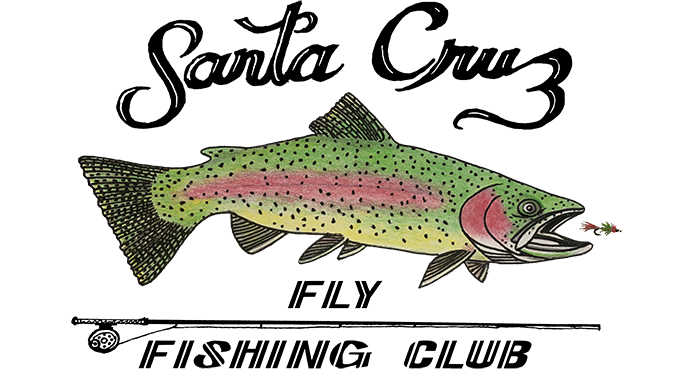
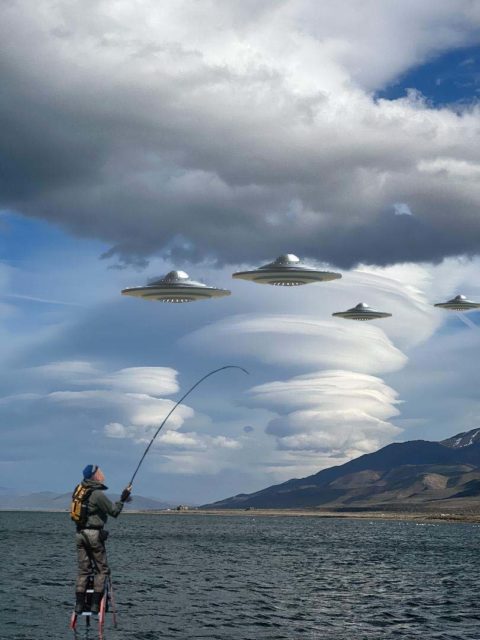
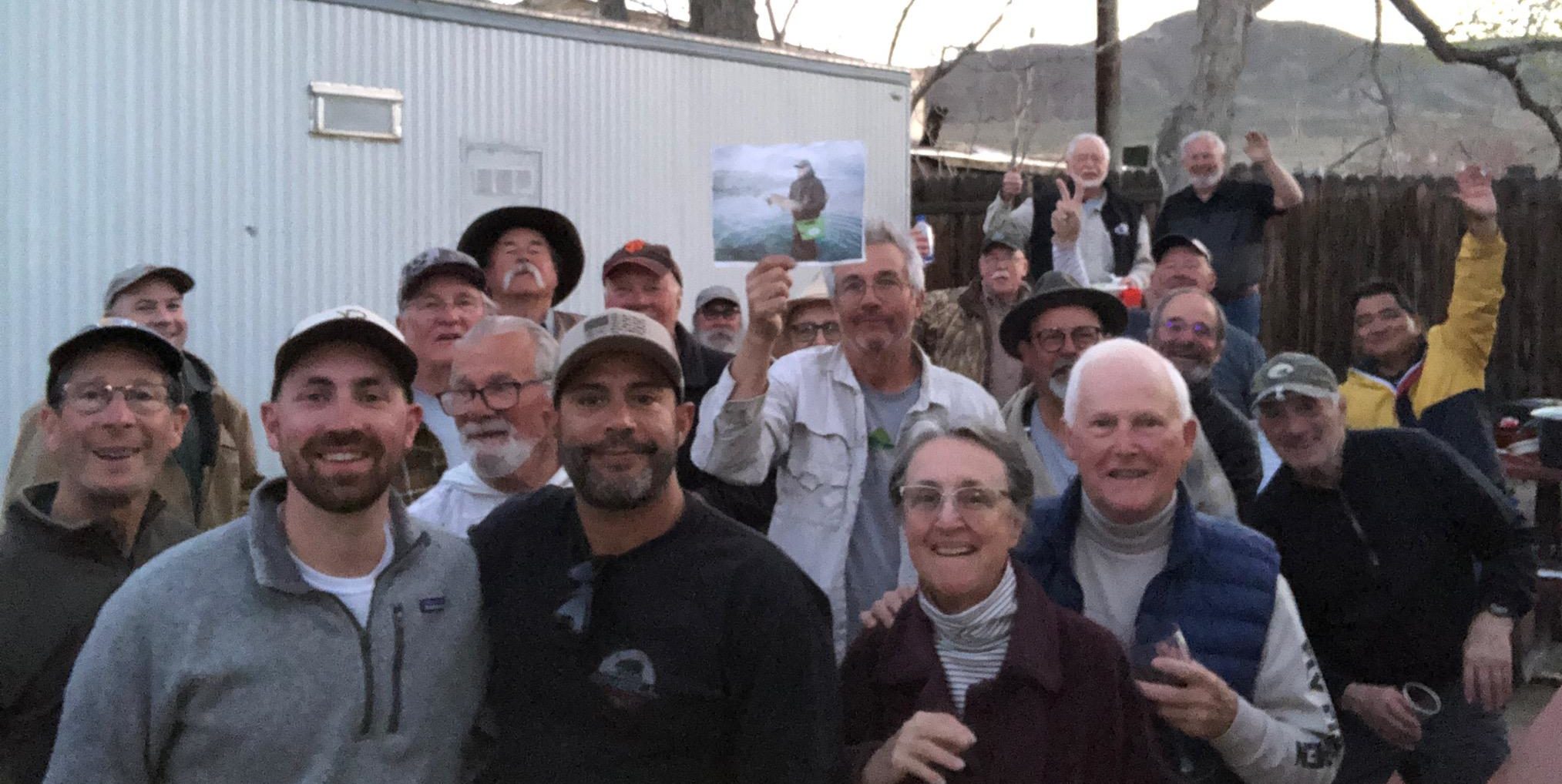

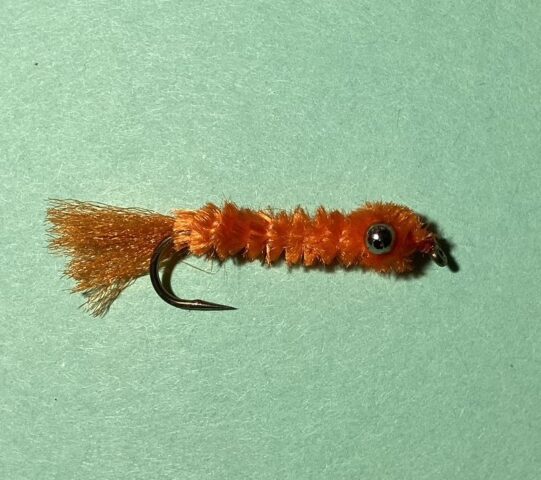
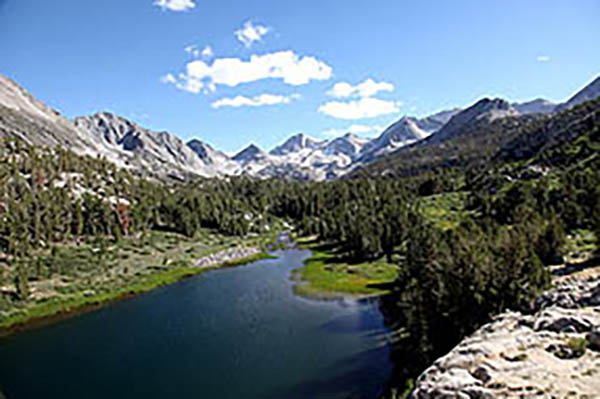
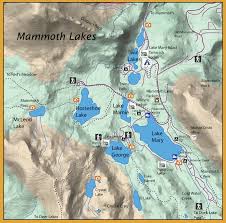

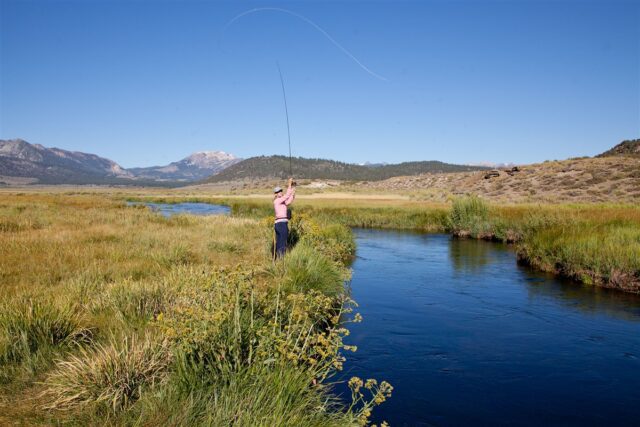
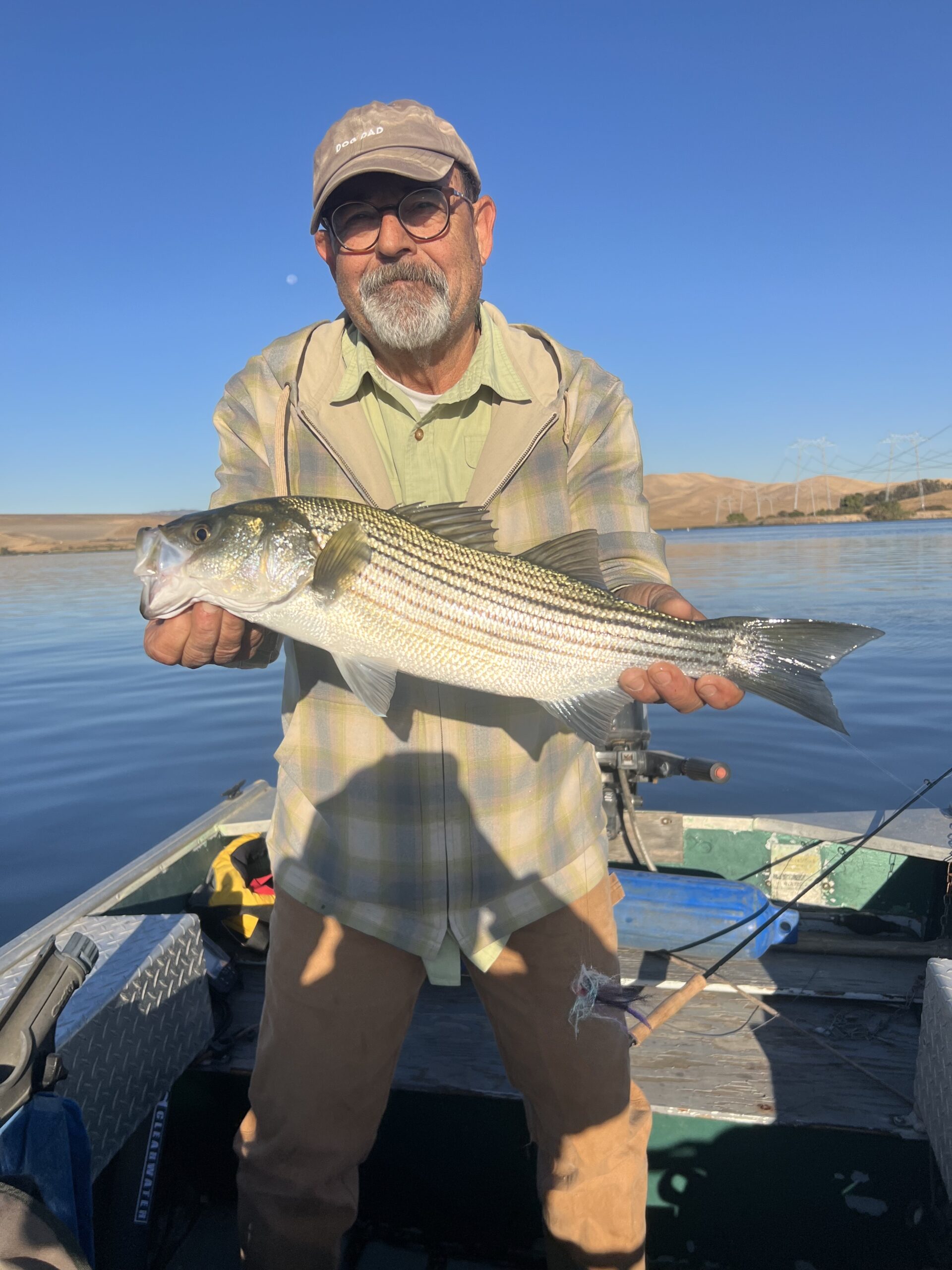


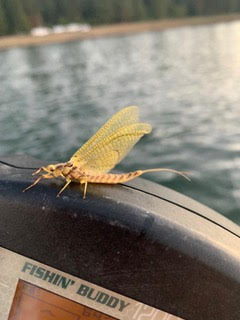 Starting June 22 thru June 29th I will once again be guiding at L. Almanor for the world famous Hexagenia hatch that starts in mid June and goes on into early July. This will be my 21st year fishing the lake. The Hexagenia is one of the largest Mayflies in North America.
Starting June 22 thru June 29th I will once again be guiding at L. Almanor for the world famous Hexagenia hatch that starts in mid June and goes on into early July. This will be my 21st year fishing the lake. The Hexagenia is one of the largest Mayflies in North America.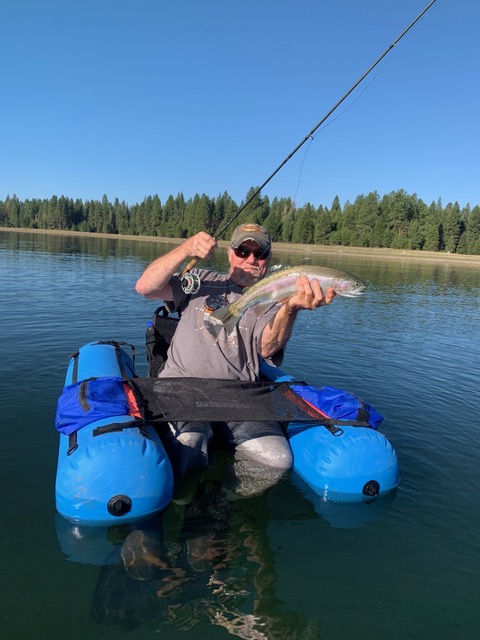
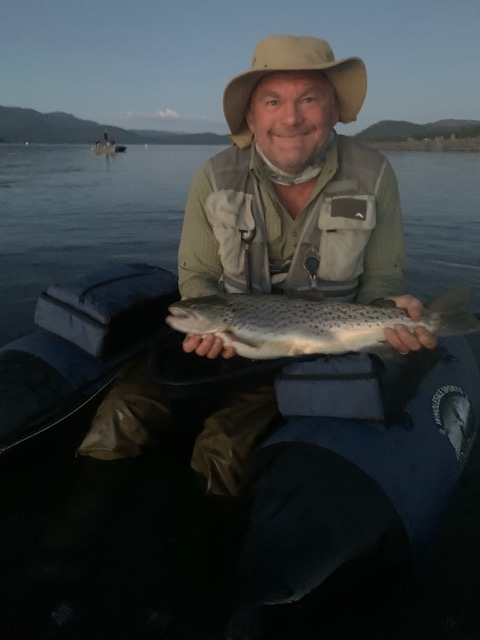
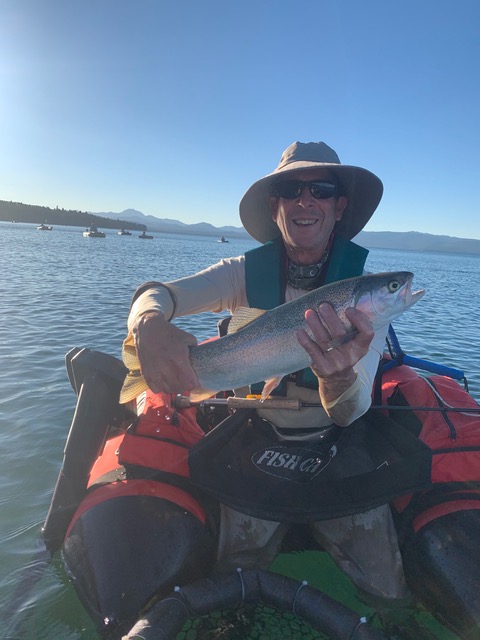
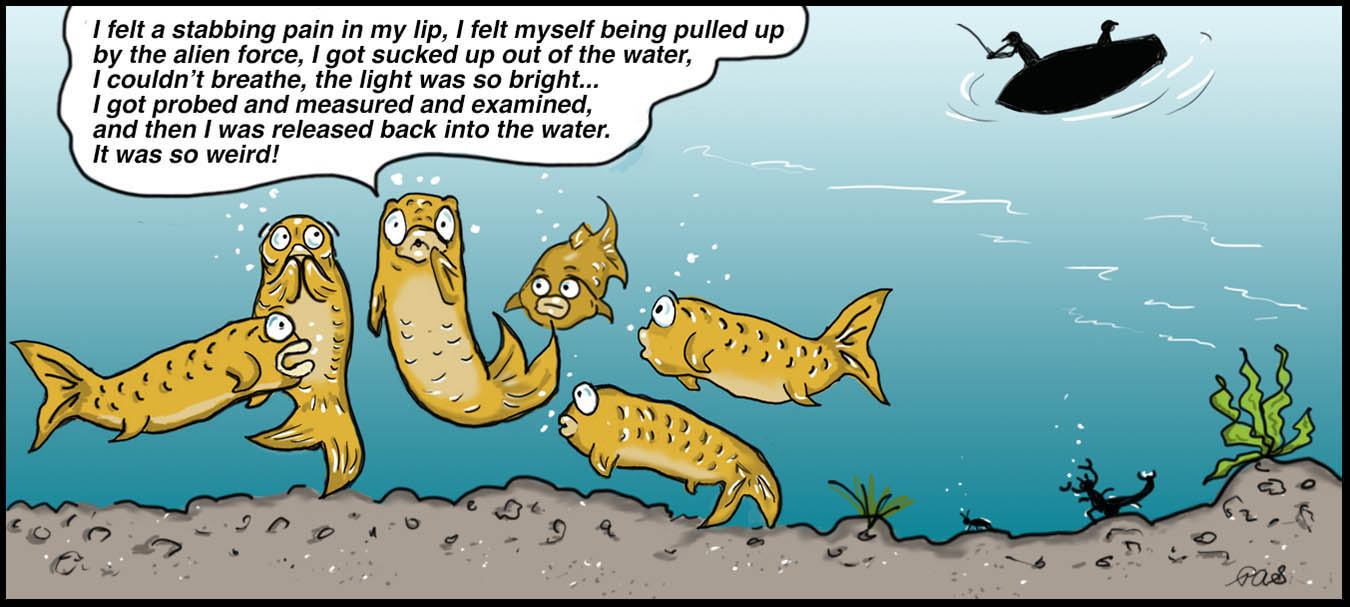

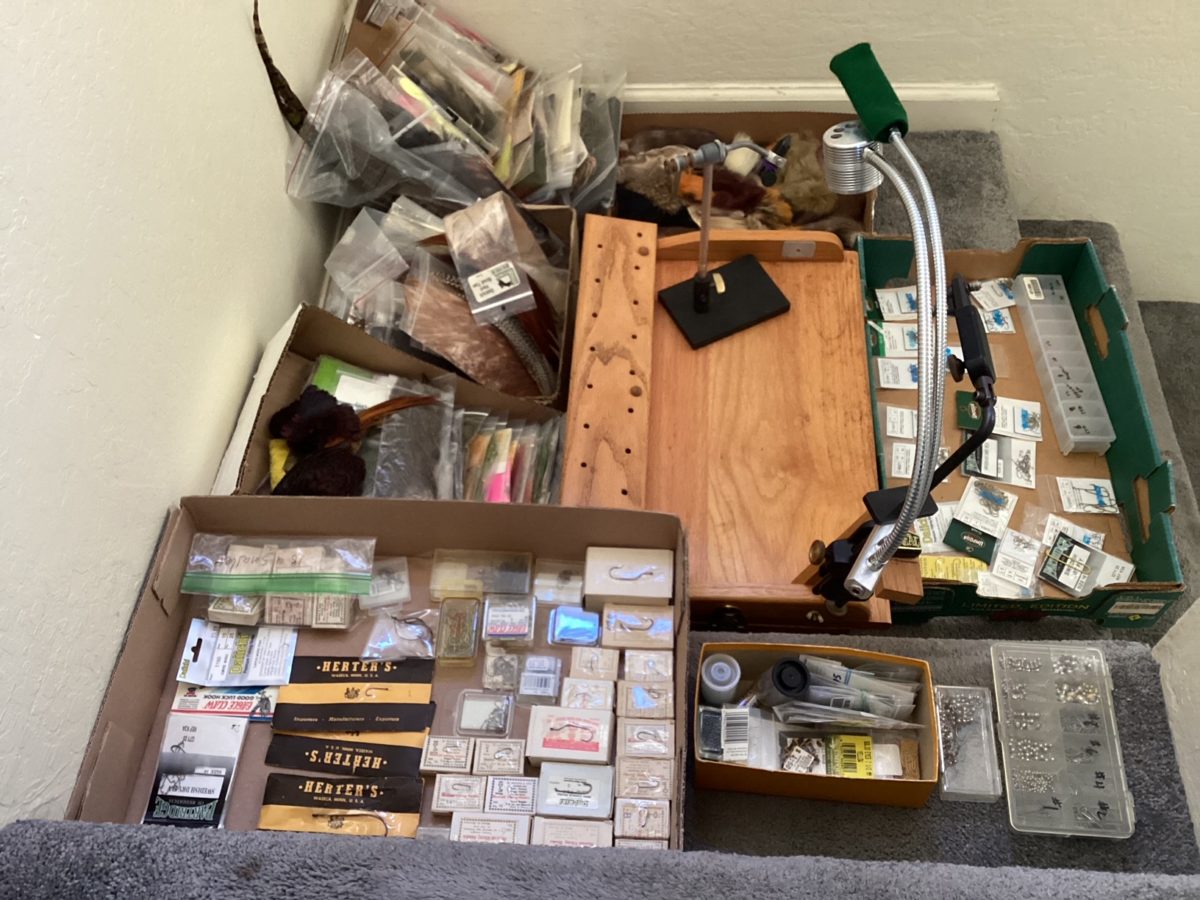
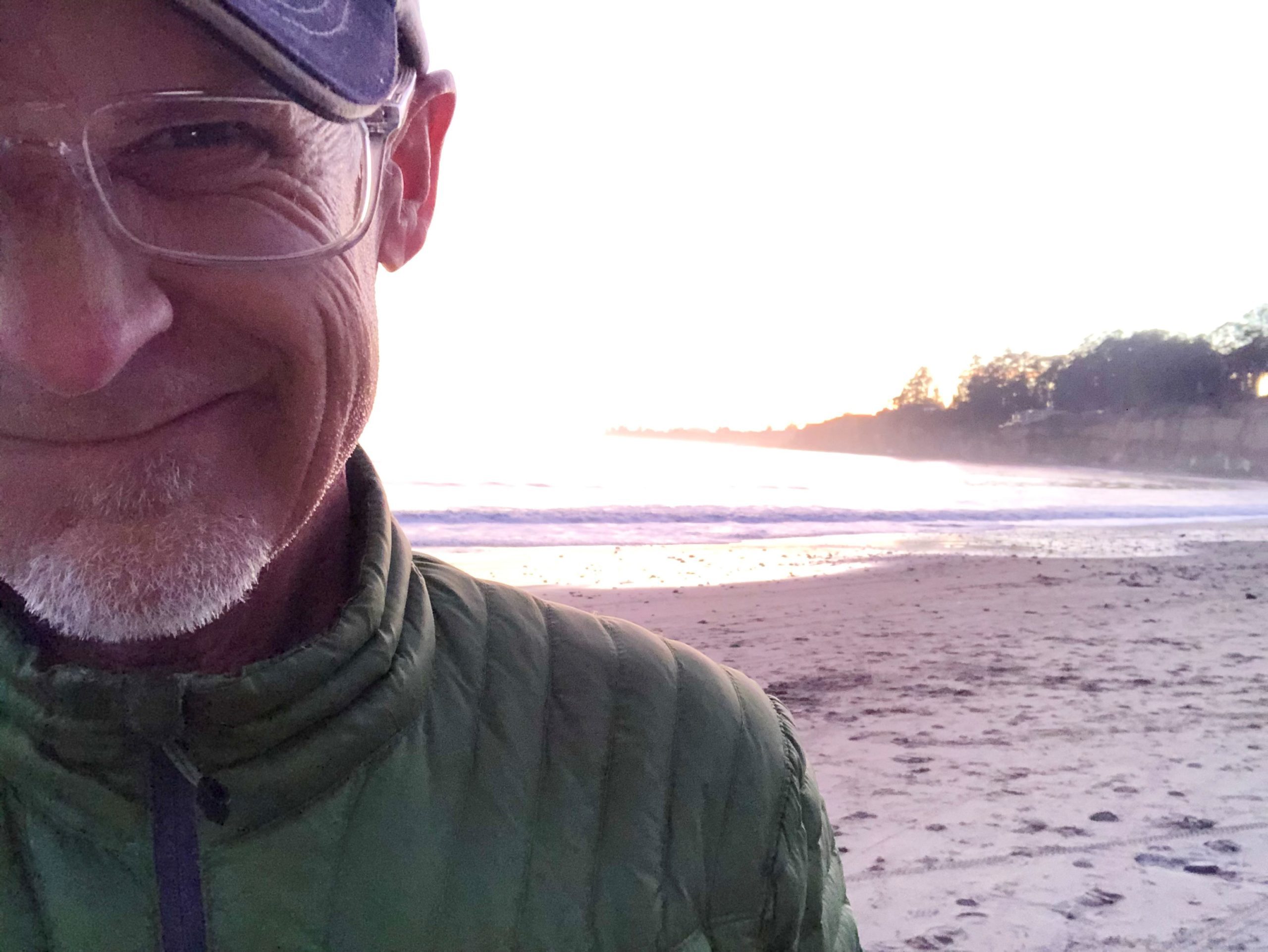
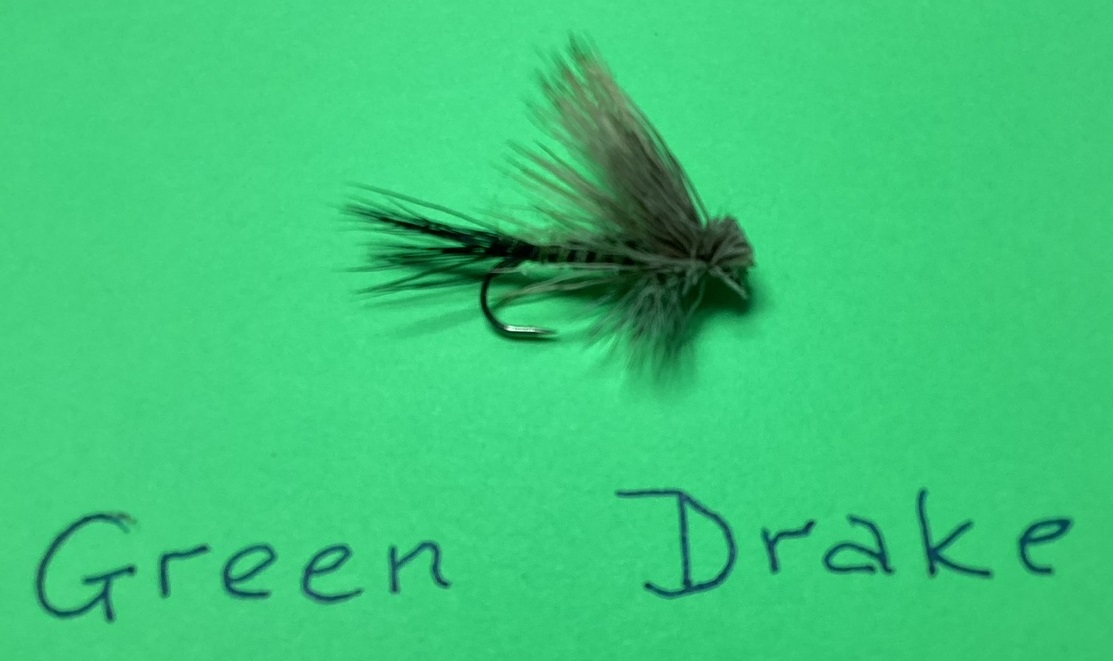
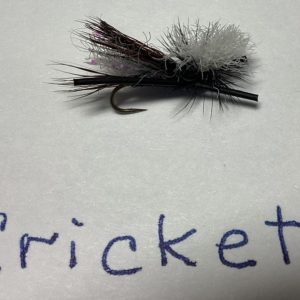
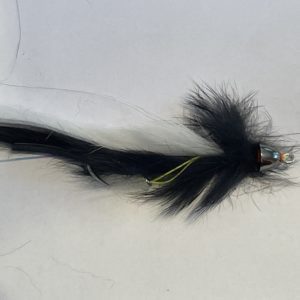

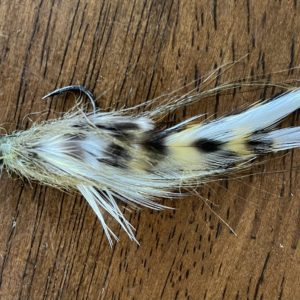
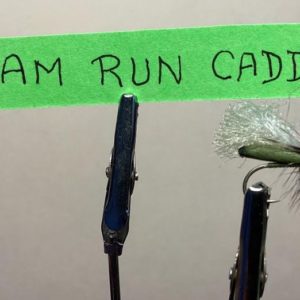
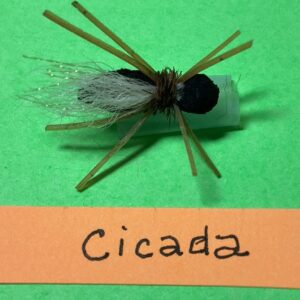
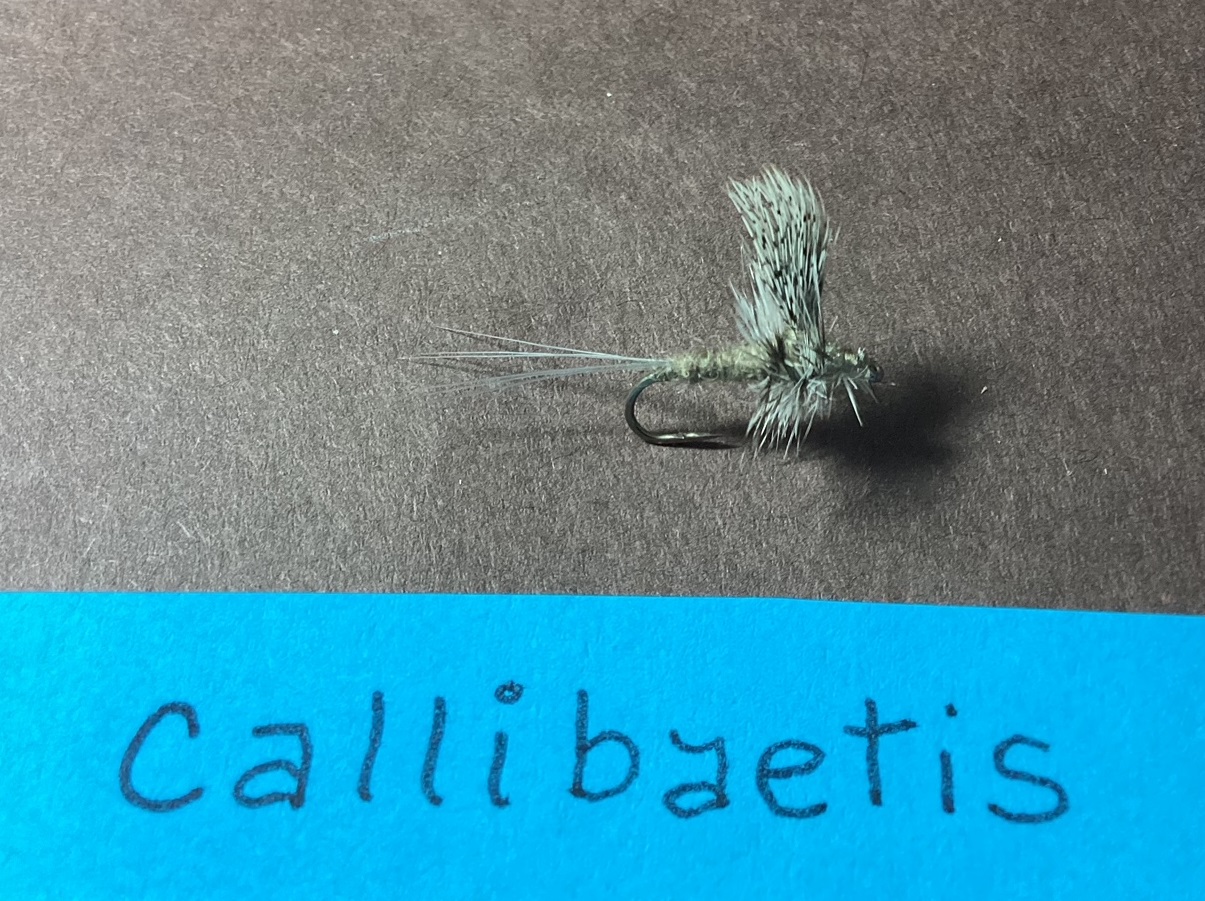

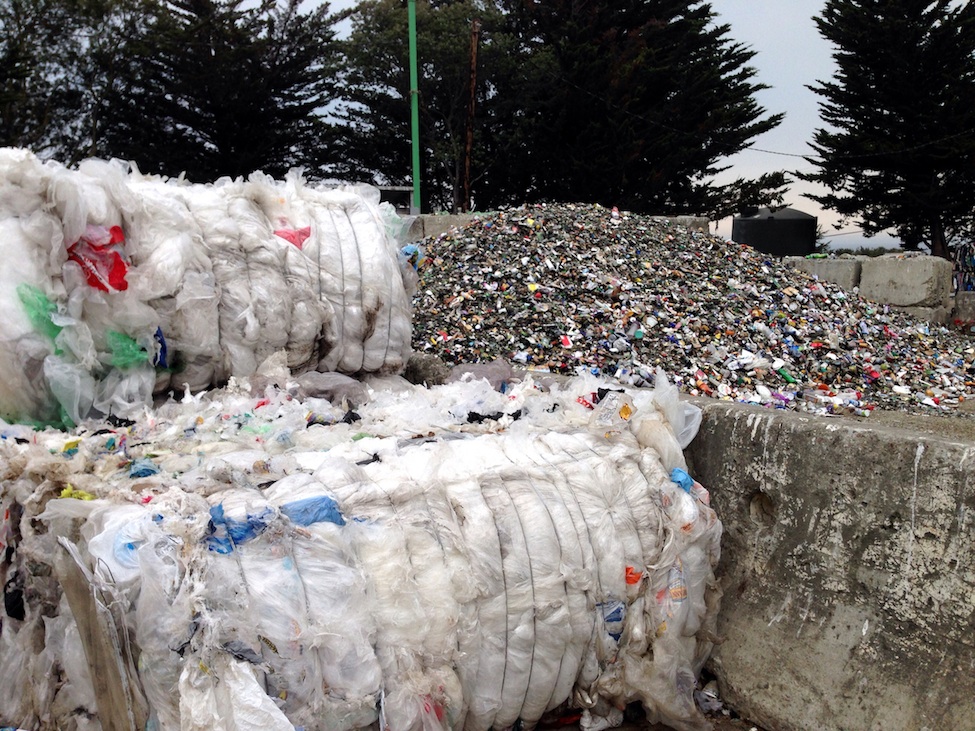
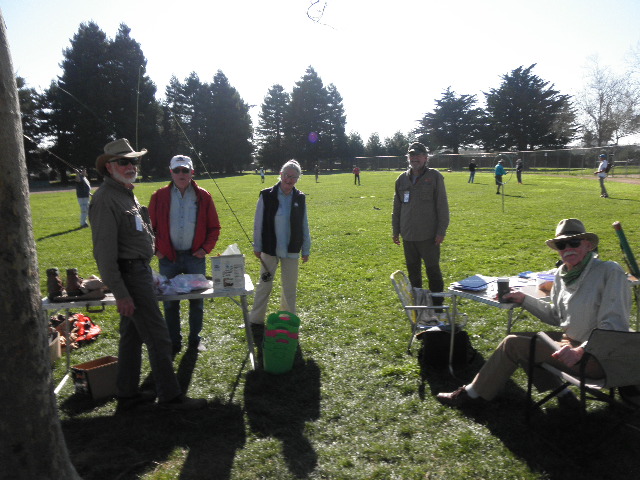
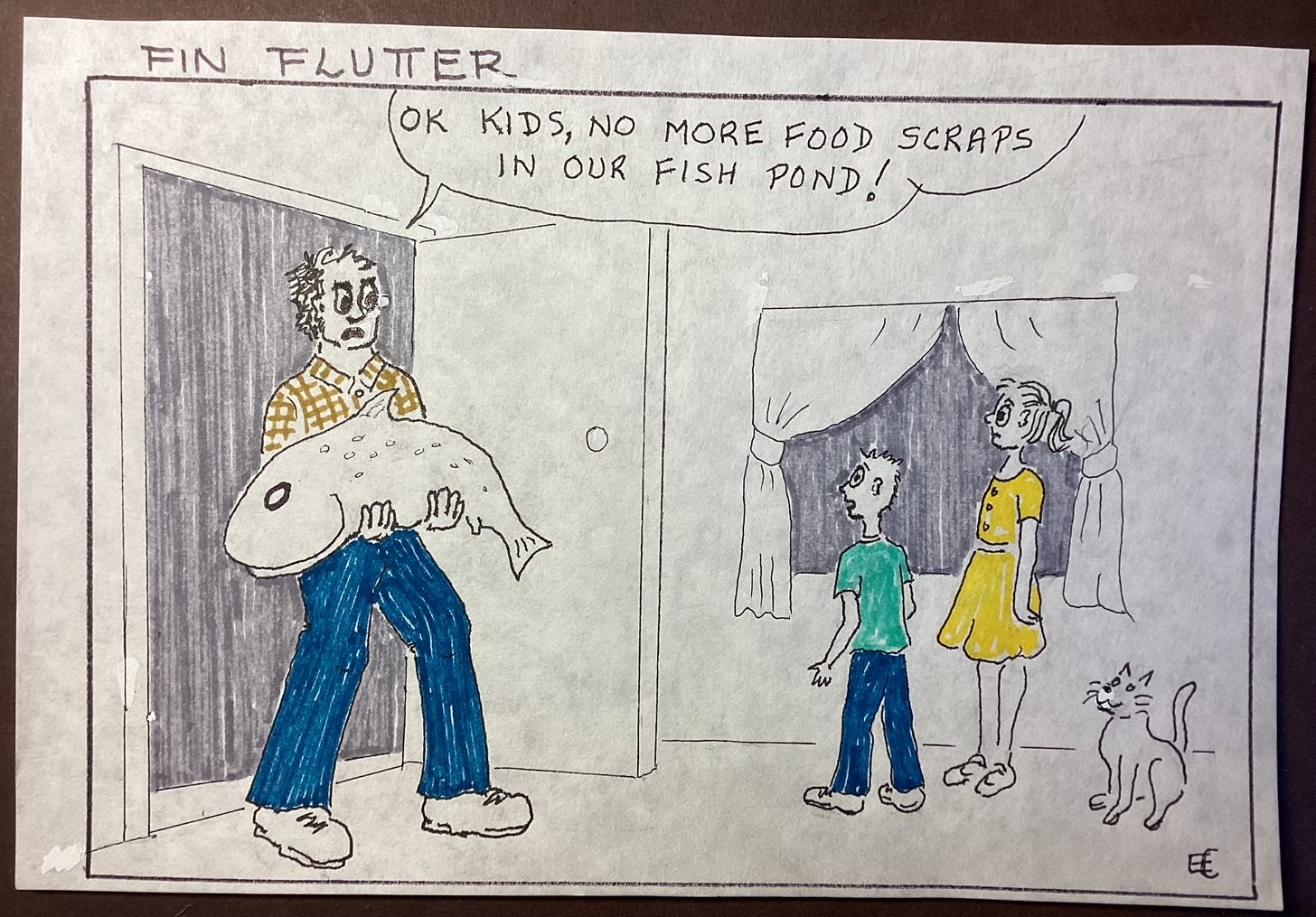
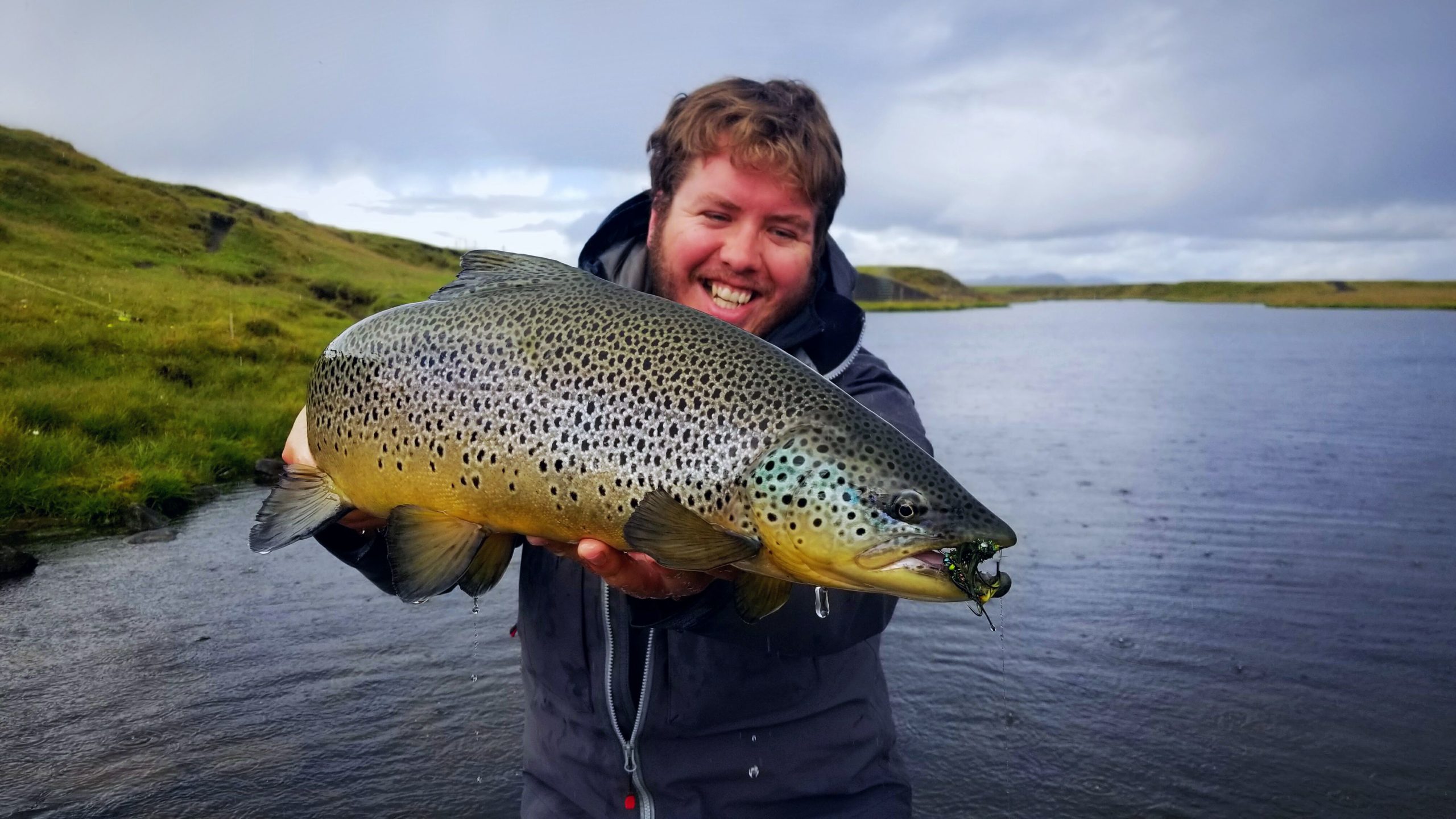
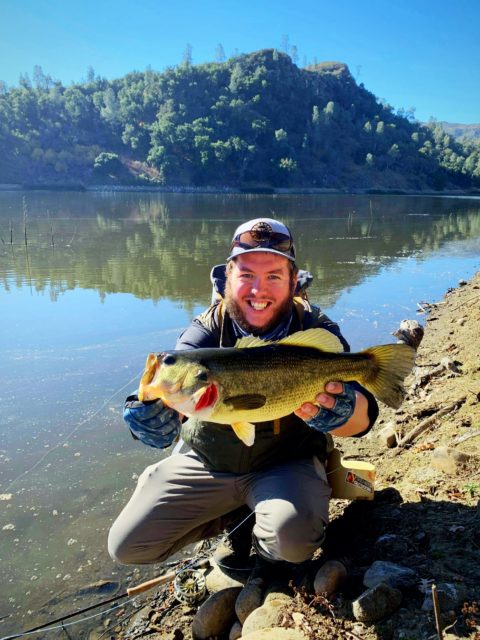
 In between spending his summers guiding in Iceland, Dagur attended California Polytechnic State University-San Luis Obispo, where he acquainted himself with the local fisheries through lots of trial and error. He recently started a fly fishing guide service in San Luis Obispo with a focus on the area’s overlooked fisheries when it comes to fly fishing, such as bass, carp, and surf perch. Dagur also ties and sells flies, is a regular contributor to California Fly Fisher magazine, and teaches clinics on carp and bass through the Central Coast Fly Fishing fly shop in Carmel.
In between spending his summers guiding in Iceland, Dagur attended California Polytechnic State University-San Luis Obispo, where he acquainted himself with the local fisheries through lots of trial and error. He recently started a fly fishing guide service in San Luis Obispo with a focus on the area’s overlooked fisheries when it comes to fly fishing, such as bass, carp, and surf perch. Dagur also ties and sells flies, is a regular contributor to California Fly Fisher magazine, and teaches clinics on carp and bass through the Central Coast Fly Fishing fly shop in Carmel.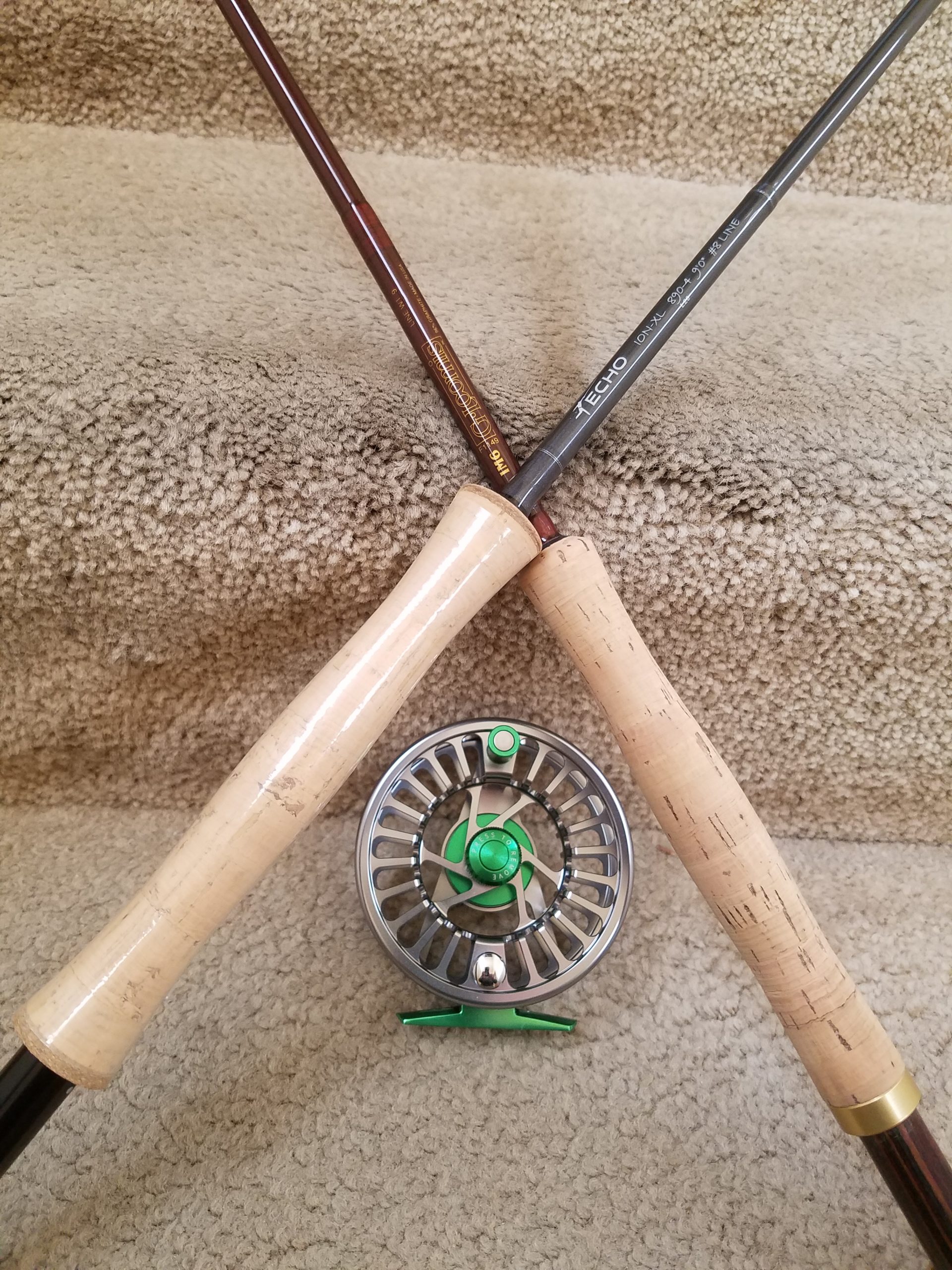
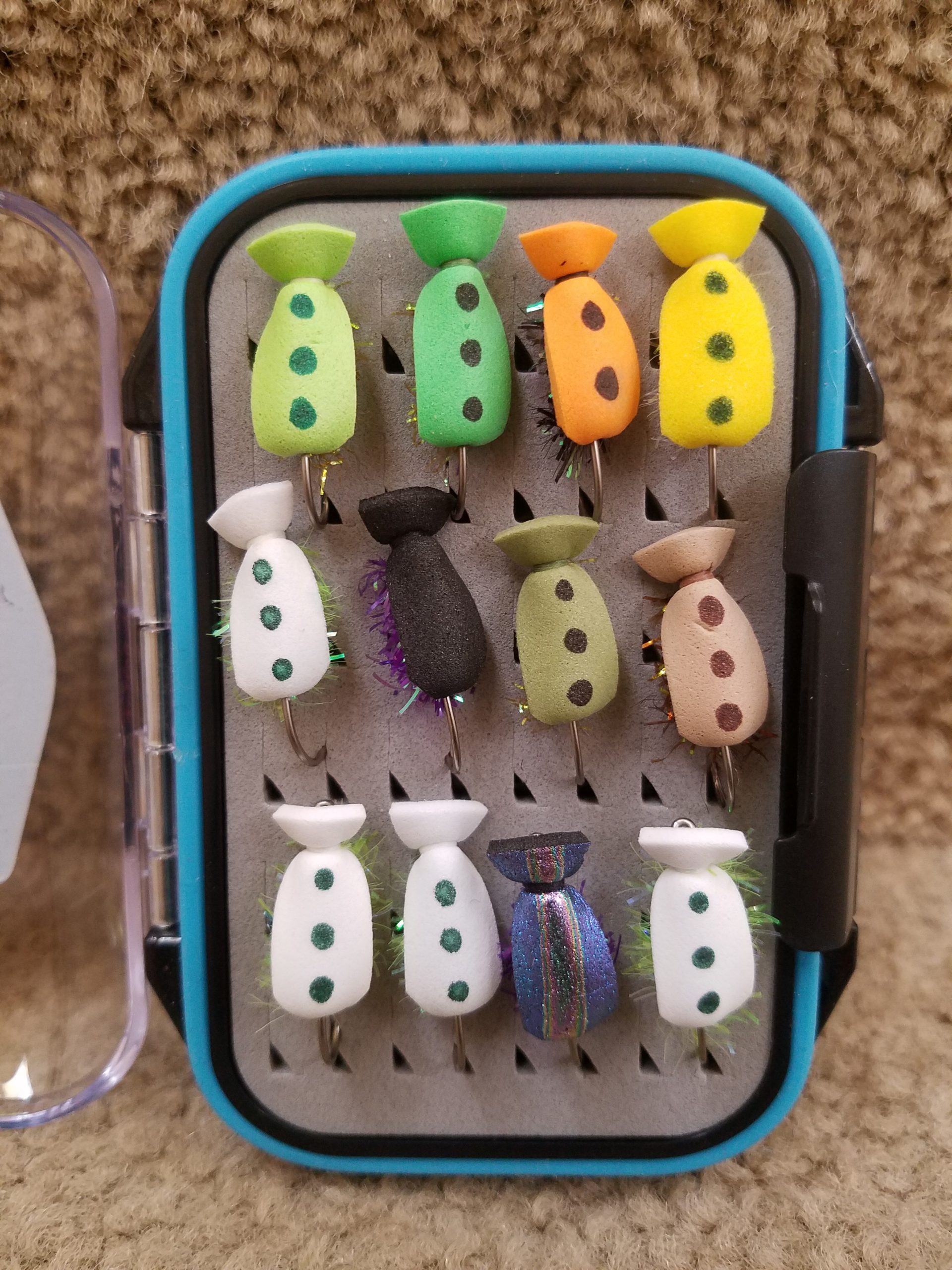
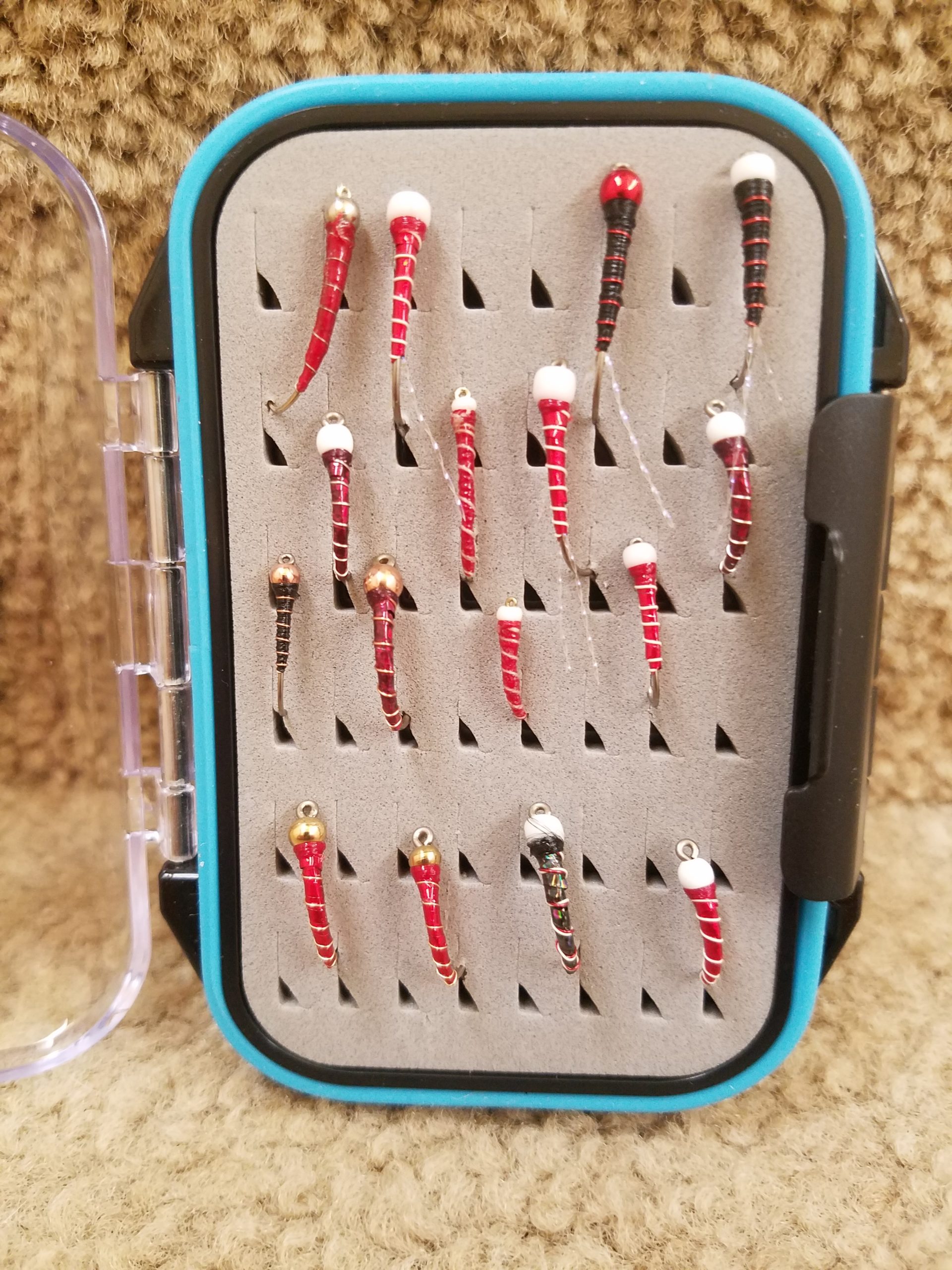
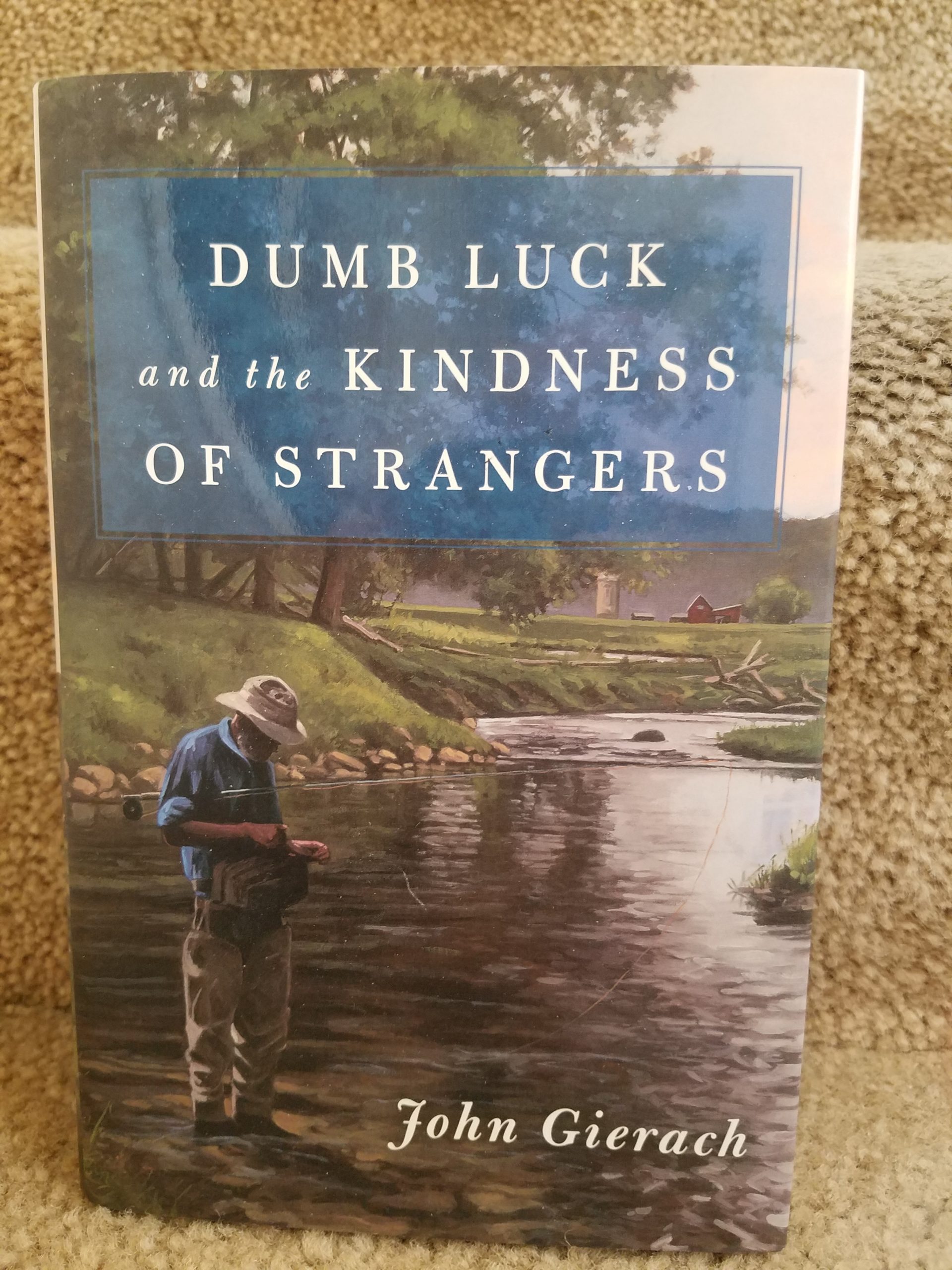
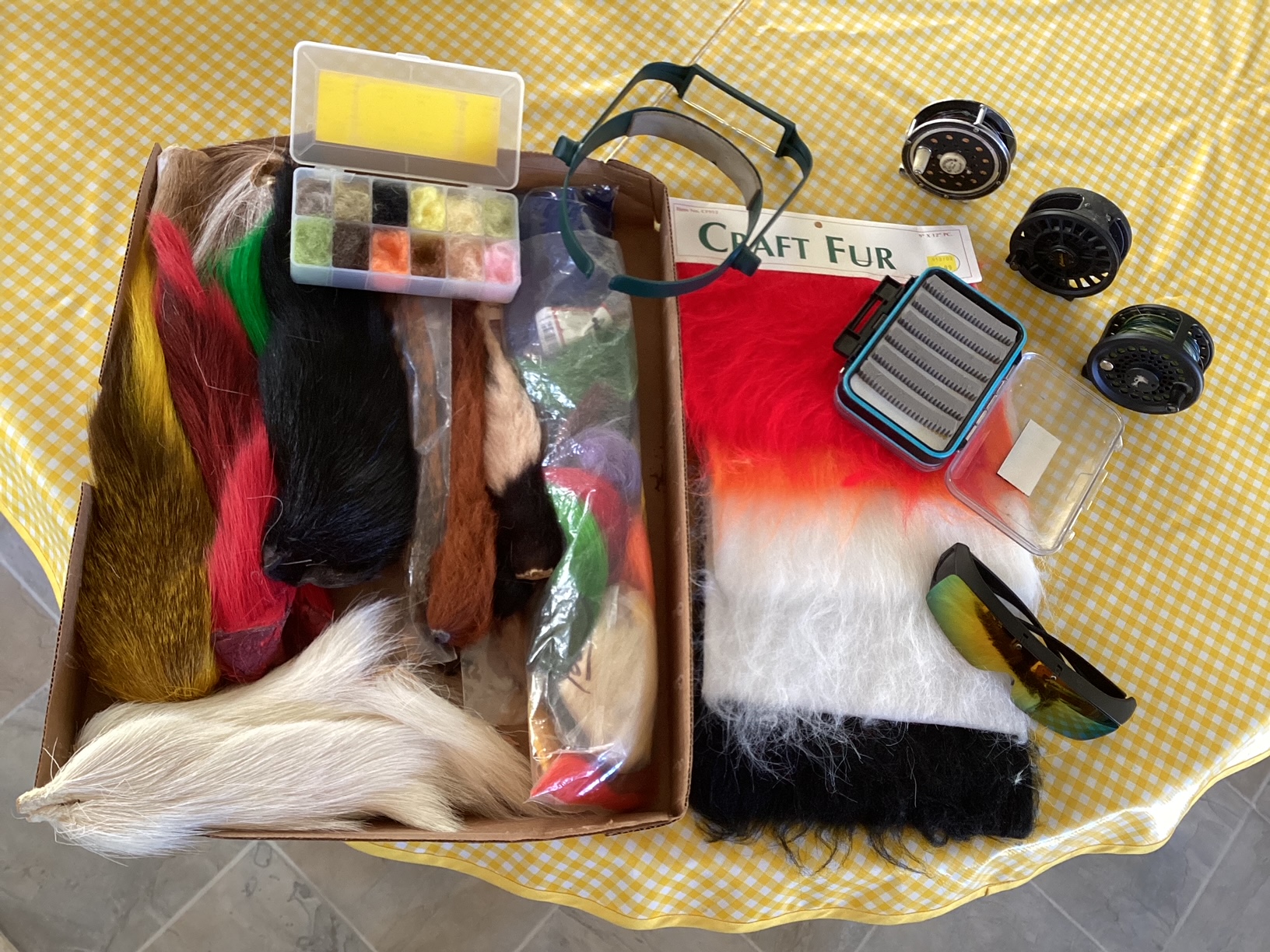
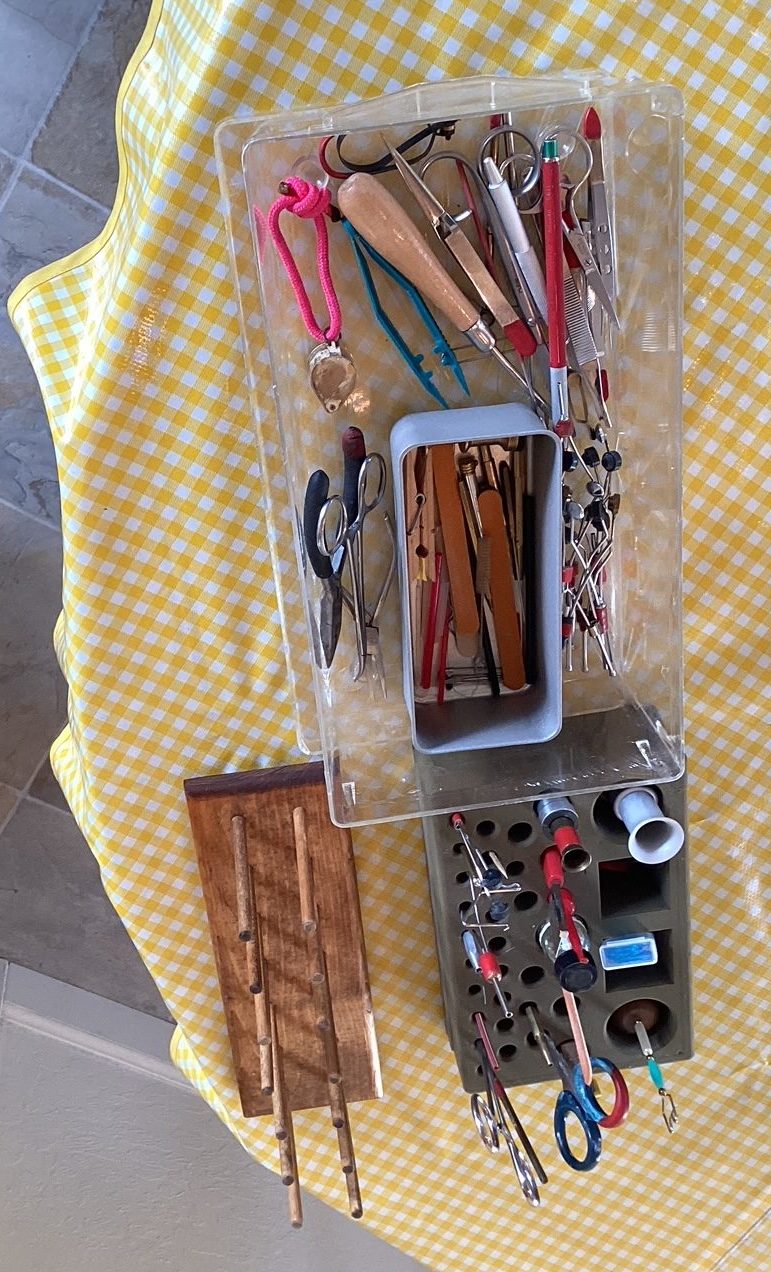
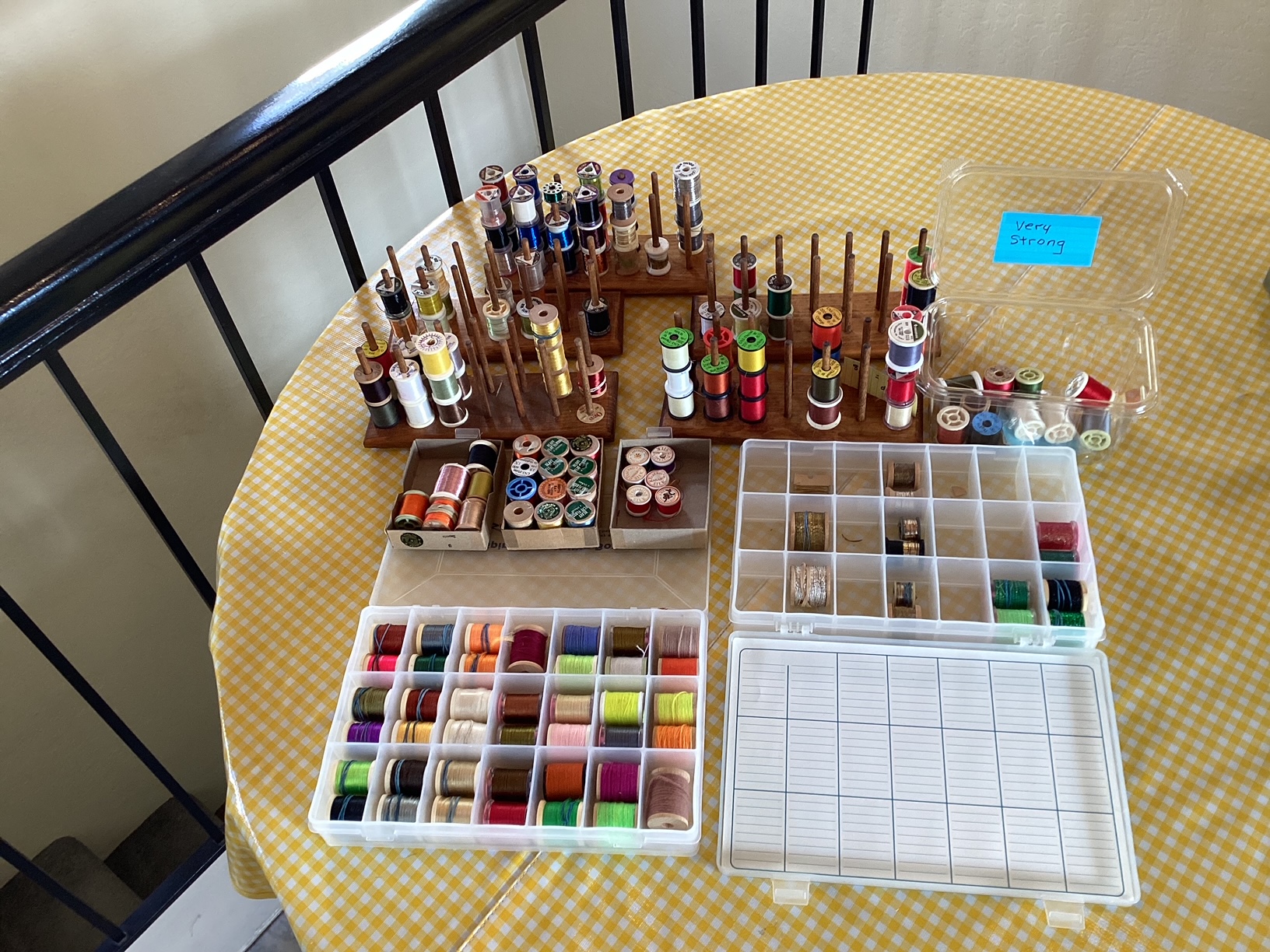
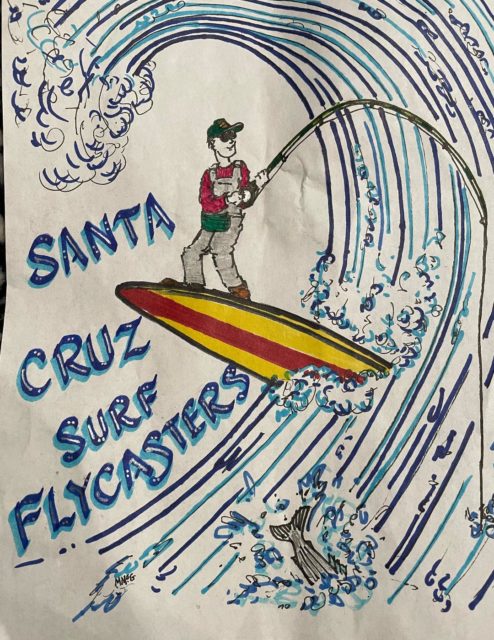 We have a lot of talent in our community. For a fly-fishing club, in a surf community that was once mostly a retirement town with surfers and outdoorsy people, we became a fly-fishing club.
We have a lot of talent in our community. For a fly-fishing club, in a surf community that was once mostly a retirement town with surfers and outdoorsy people, we became a fly-fishing club.